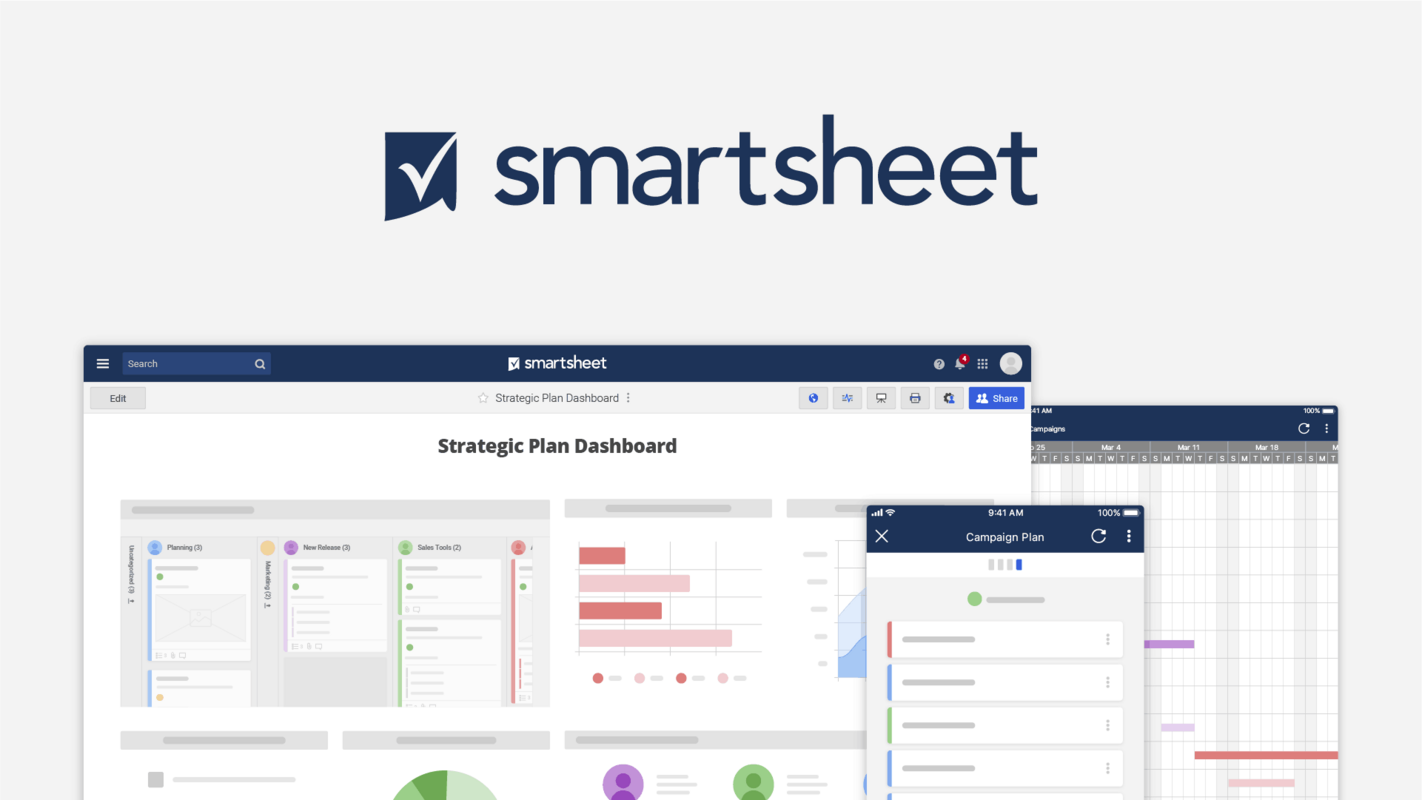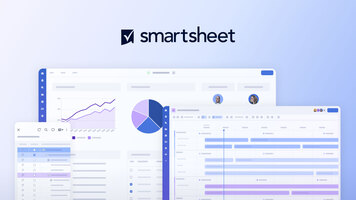
Human Resources (HR) teams are responsible for managing companies' most valuable assets: their people. With a mandate that includes balancing the needs of management and employees, and responsibility for key functions such as talent acquisition, new-hire onboarding, employee engagement, and performance management, HR teams face a big job - and one with direct links to the bottom line.
According to Gallup's State of the Global Workplace Report, businesses that rank in the top quartile for employee engagement are 17 percent more productive and 21 percent more profitable than companies with low engagement scores. And most companies have room for improvement. Around the world, just 15 percent of adults report that they are highly involved in and enthusiastic about their work and workplace.
Meanwhile, the results of low engagement are incredibly costly. According to the Work Institute's annual retention report for 2018, voluntary employee turnover alone cost U.S. businesses more than $600 billion last year. Costs such as sluggish performance and a weak drive to innovate can be harder to measure.
Our template sets for human resources can reduce the complexity of some of the most important functions within HR, improving organization, visibility, and other challenges that seem to grow along with headcount.




